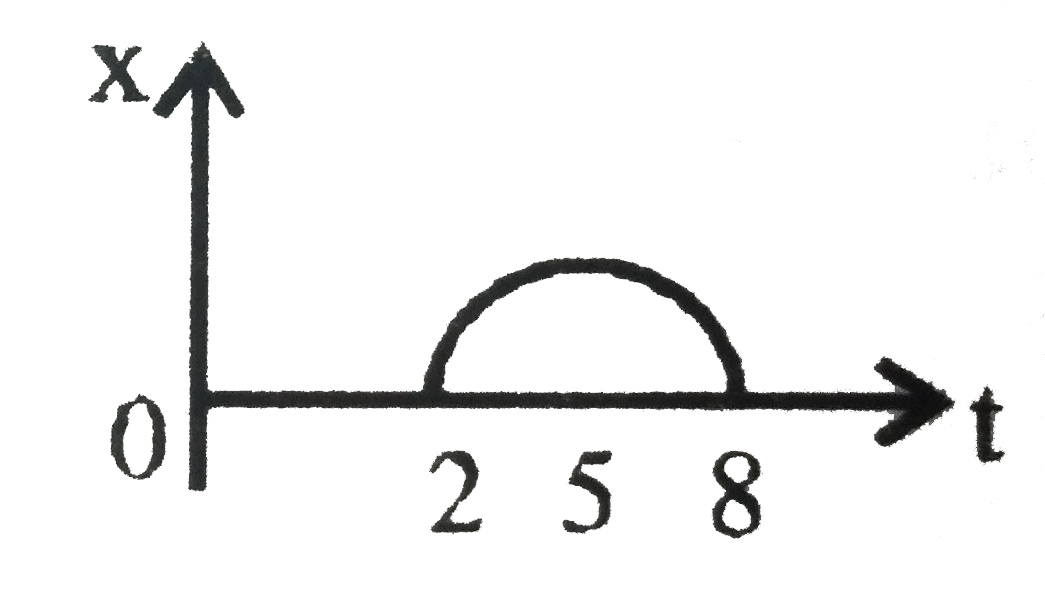Is it possible for a moving object to have instantaneous velocity equal to the average velocity ?
Yes , it is possible only in motion of an object in one dimension . It is not possible in case when object is moving in two or three dimensions.
Topper's Solved these Questions
- MOTION IN A STRAIGHT LINE BOOK - MODERN PUBLICATIONCHAPTER - MOTION IN A STRAIGHT LINE EXERCISE - TOUGH & TRICKY ( PROBLEMS)
10 Videos
- MOTION IN A STRAIGHT LINE BOOK - MODERN PUBLICATIONCHAPTER - MOTION IN A STRAIGHT LINE EXERCISE - NCERT (TEXTBOOK EXERCISES )
22 Videos
- MOTION IN A STRAIGHT LINE BOOK - MODERN PUBLICATIONCHAPTER - MOTION IN A STRAIGHT LINE EXERCISE - PRACTICE PROBLEMS
28 Videos
- MOTION IN A PLANE BOOK - MODERN PUBLICATIONCHAPTER - MOTION IN A PLANE EXERCISE - Chapter Practice Test
15 Videos
- OSCILLATIONS BOOK - MODERN PUBLICATIONCHAPTER - OSCILLATIONS EXERCISE - Practice Test (For Board Examination)
12 Videos
Similar Questions
Knowledge Check
The trajectory of a particle moving in vast maidan is as shown in the figure. The coordinates of a position A are (0,2). The coordinates of another point at which the instantaneous velocity is same as the average velocity between the points are
 A(1,4)B(5,3)C(3, 4)D(4, 1)
A(1,4)B(5,3)C(3, 4)D(4, 1)Position time graph is shown which is a semicircle form t=2 to t=8sec. Find time t at which the instantaneous velocity, is equal to average velocity over first t second.
 A4.8secB3.2secC2.4secD5sec
A4.8secB3.2secC2.4secD5secThe instantaneous velocity of a body can be measured
AGraphicallyBVectoriallyCBy speedometerDNone of these
A cockroach moves rectilinearly such that after sometime t0 let its (instantaneous) velocity be equal to its average velocity over that time. Referring to the SΔt graph as shown in , for the motion of the cockroach, find the time t0 and the average velocity of the cockroach over the time t0
 .
.
View SolutionIs it possible for a uniformly accelerating object to change its direction of velocity ?
View SolutionIs it possible for a uniformly accelerating object to change its direction of velocity?
View SolutionAssertion: The instantaneous velocity does not depend on instantaneous position vector.
Reason: The instantaneous velocity and average velocity of a particle are always same.
View SolutionThe instantaneous velocity of a particle is equal to time derivative of its position vector and the instantaneous acceleration is equal to time derivatives of its velocity vector. Therefore :
View Solution
